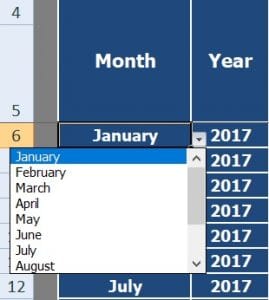

To view and edit the sheet again, right-click any sheet on the sheet selector in Designer and select the sheet you want to display. The sheet is no longer visible in Reports, Designer and the generated PDFs. To hide a sheet, right-click it on the sheet selector in Designer and select Hide. Hiding simplifies the workbook design process. This allows you to add meta content which is not meant for a resource workbook. You can hide specific sheets in a workbook. Note: the Simple Ribbon is the default option. You can change the look and feel of the Spreadsheet Editor Toolbar by setting it as Ribbon (with text and large icons) or Simple Ribbon (small icons only). Name the file "Test1" and start it with a double-click: Then click on New > New Spreadsheet in the Designer window: Or you can navigate to Designer > Default > Public Files on the left-side navigation pane. The quickest way to create a new spreadsheet is to click the Report button on the Jedox start screen. The Jedox Web Spreadsheet does not support the "R1C1" cell reference syntax (cell addresses with enumerated row/column reference). Operations which exceed these limits (the "sheet boundaries"), such as moving objects (buttons, comboboxes, charts etc.) during expansion of elements in DynaRanges, or referencing cells outside these limits, are not possible and may yield error messages. These limits also apply when pasting a Jedox View in Jedox Web, or expanding rows or columns in a View. In addition, Jedox Spreadsheet has been enhanced to read and write data directly from Jedox In-Memory DB and to create appropriate reports.Ī Jedox Web Spreadsheet allows a maximum 65,536 rows and 256 columns. To print one or more header rows on each page when printing, see Printing rows or columns on every page and Using print ranges.Jedox Spreadsheet is a browser-based spreadsheet program, similar to common spreadsheet programs such as Microsoft Excel and Calc.

The checkmark by Freeze will vanish.įreezing cells changes the way that the cells are displayed on the screen. To unfreeze rows or columns, select Window > Freeze. Now as you scroll around the screen everything above and to the left of these lines will remain in view. You will see two lines appear on the screen, a horizontal line above this cell and a vertical line to the left of this cell. Click into the cell that is immediately below the row you want frozen and immediately to the right of the column you want frozen.Click on the header for the row below where you want the freeze or for the column to the right of where you want the freeze.Ī dark line will appear to indicate where the freeze is put.You can set the freeze point at one row, one column, or both a row and a column as in Figure 10.


 0 kommentar(er)
0 kommentar(er)
